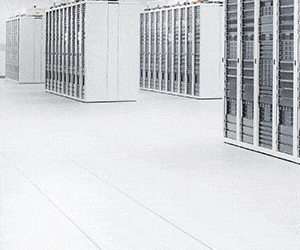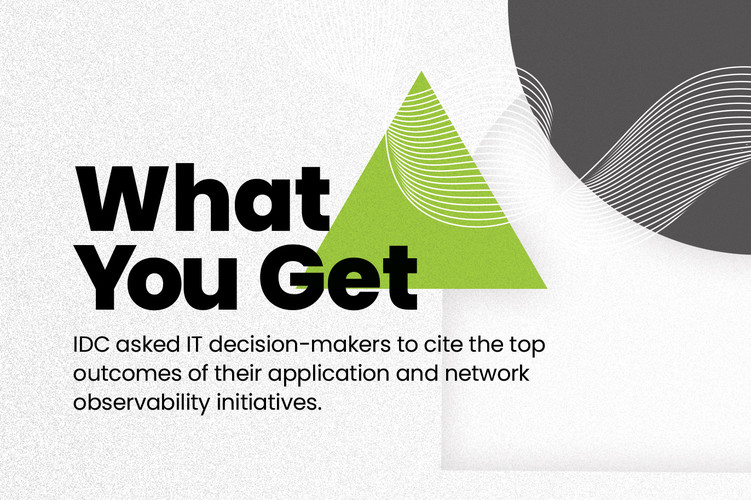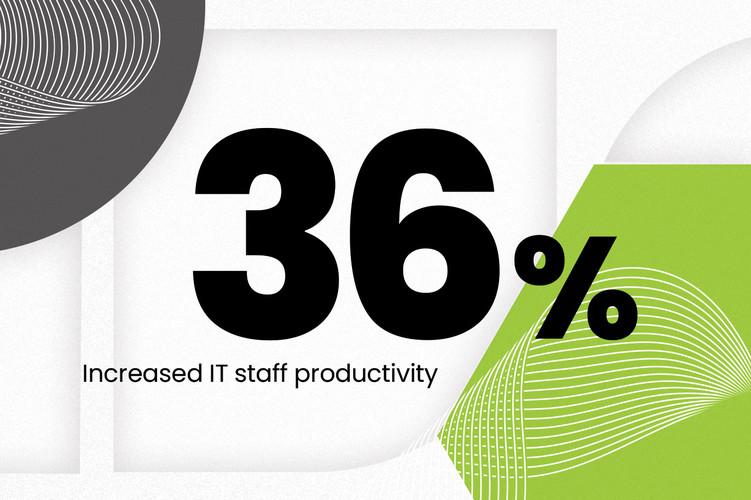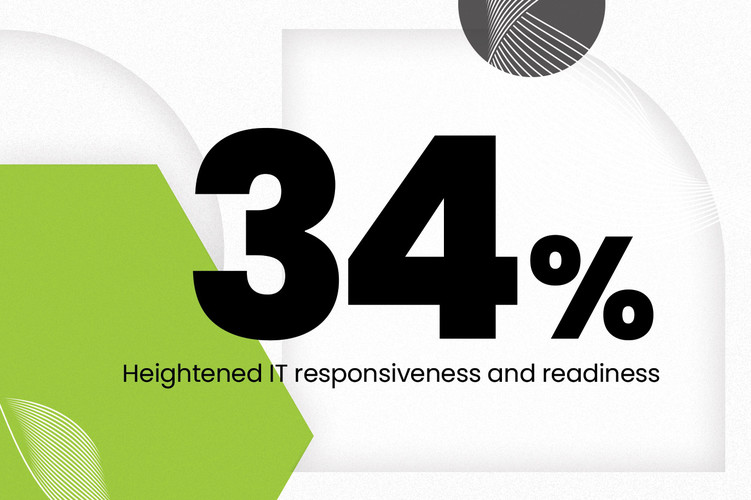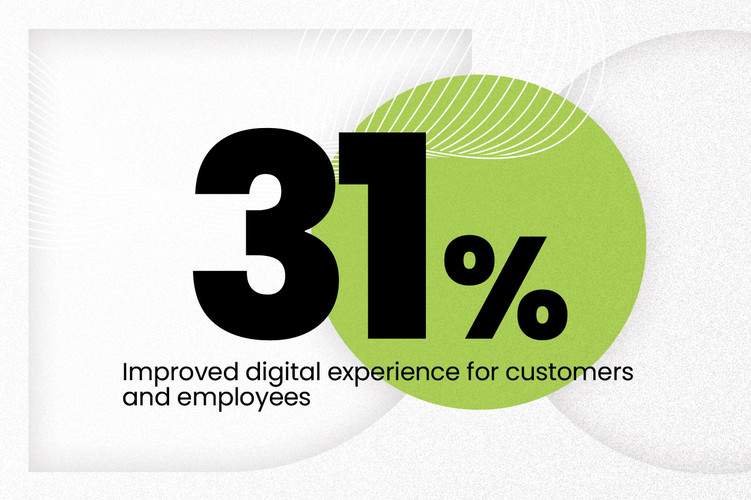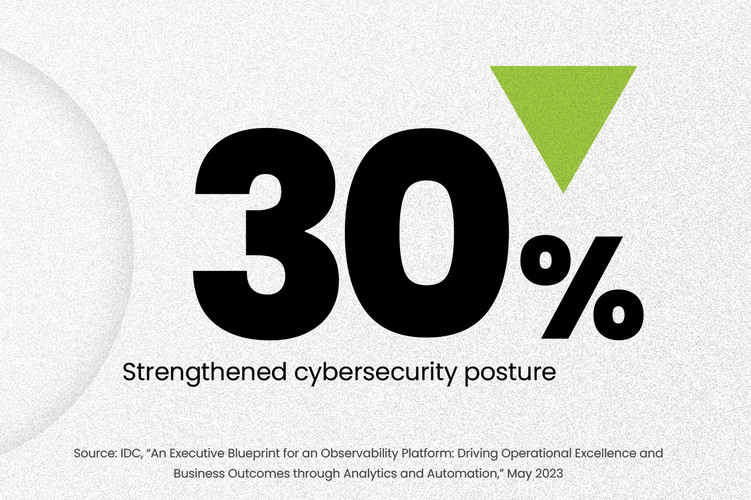How to Stay One Step Ahead of Problems with Apps
To ensure reliable uptime, Westgate hosts its guest mobile app on multiple redundant virtual machines. However, this redundancy becomes pointless if IT professionals can’t quickly see when one of the hosts goes down.
“Without SolarWinds, we wouldn’t know that a host was down unless somebody manually checked, because the app is still going to be up,” Miguel says. “That’s where SolarWinds helps us a lot. When something goes down, we’re already ahead of it, without the issue even causing an outage.”
Miguel designed Westgate’s NOC, and he says he opted for SolarWinds in large part because of his previous positive experiences with the vendor’s solutions.
LEARN: How to accelerate your application modernization plans.
“For me, the biggest things are user-friendliness and the ability to customize,” Miguel says. “That’s made it so much easier for me to train new people coming in.”
In addition to the guest mobile app, Westgate uses SolarWinds to monitor its employee-facing applications and the Wi-Fi networks at its resorts. Miguel notes that Wi-Fi has become even more important thanks to the rise of remote work, with guests often joining online meetings from their hotel rooms.
“We can quickly see from one window if we’re experiencing any latency or packet loss,” Miguel says. “The moment we see an issue, we can get ahead of it.”






